Honda North America’s upgraded Ohio operations will be its template for flexible production of ICE, hybrid and electric vehicles on a single line. Project lead Mike Fischer speaks to AMS about the goals, planning and execution behind this major production shift.
Fischer’s CV reveals how qualified he is for this role on the EV Hub, not least because he has worked at each of the Hub plants during his time with Honda NA. As the project lead his role is twofold: One is the strategy development for Honda’s North American EV vehicle manufacturing operations. And the second is overseeing and leading the establishment of this Ohio EV Hub.
“We’re trying to reimagine our manufacturing operations,” says Fischer, highlighting the ambition of the project. “It’s really the work for us to build a foundation for our Generation one EV manufacturing operations and setting the base business model, starting with our Ohio operations and then rolling out that model for North America and globally,” he adds.
“Our approach is quite different from a lot of the other OEMs in that we’re working based on [creating] flexibility within existing facilities and operations…” – Mike Fischer, Honda NA
Redeveloping three plants plus supply chain
As AMS has reported, Honda NA has invested heavily in this project, to the tune of US$1 billion retooling its three Ohio plants, Marysville Auto Plant (MAP), East Liberty Auto Plant (ELP), and Anna Engine Plant (AEP), as well as developing its supplier base to support the new EV and hybrid models. This extends to a joint venture with LG Energy Solutions to supply batteries from a new production plant under construction in Jeffersonville, Ohio. This facility is due to come online later this year to coincide with start of vehicle production at the above-mentioned plants. So, the scope of this project is huge, but as Fischer notes this project is about creating a new level of flexibility across the plants.
“Our approach is quite different from a lot of the other OEMs in that we’re working based on [creating] flexibility within existing facilities and operations so that we can build internal combustion engine (ICE), hybrid and battery electric vehicles (BEV) on the same lines.
“This is quite unique, and comes with challenges, but it offers us the ability to provide the appropriate product for our customers want and meet the value proposition for them.”
The new hub will produce the Acura RSX and Honda 0 series SUV and saloon vehicles, the latter using Honda’s next generation platform, developed using the company’s ‘Thin, Light, and Wise’ approach.
Sustainability is also a big part of the programme with first steps towards the company’s Triple Action to Zero and carbon neutrality strategy, which will see developments in recycling and recyclability in the manufacturing operations
“For us it’s about building that base business model that translates not just for what we’re doing in Ohio, but also more widely to North America and our global operations in the future” – Mike Fischer, Honda NA
The project goes beyond retooling for new models, it sees new standards for flexibility and sustainability becoming deeply embedded in the production operations. What is very interesting is Honda’s approach to entering into building EVs; while some OEMs have gone down the route of creating dedicated EV production operations, Honda considered the need for flexibility as the first point of entry into manufacturing these vehicles. Fischer clarifies this:
“From the very beginning for us the starting point has been our customers and that we’re supplying the appropriate vehicles to them.
“When you think about flexibility [ICE, hybrid, EV] and for us to be able to do this and scale it from an existing facility, then ultimately you can pass that positioning onto the customer to say we can build any of these vehicles in these existing facilities based on what’s happening in the market. So, for us it’s about building that base business model that translates not just for what we’re doing in Ohio, but also more widely to North America and our global operations in the future.”
Mastering Manufacturing Agility: Join the Vanguard at Automotive Manufacturing North America
As Honda redefines production flexibility, immerse yourself in the strategies shaping the future at Automotive Manufacturing North America.
Engage with leaders from Ford, GM, ZF, and BorgWarner on October 22–23, 2025, at The Henry Hotel, Detroit, MI.
Seize this opportunity to align with the industry’s transformative momentum.
The EV Hub project has been three years in the making with the first vehicles due start production in late 2025. But as we have seen, the automotive industry is now experiencing change at a much faster rate and across the board several big EV related projects with other OEMs have been delayed or scaled back. So, did Honda need to take a flexible approach to the planning and execution of this project? According to Fischer the plan was always about being prepared for big changes and this was why redeveloping existing plants was so important.
“We understood what our responsibility was in that transitionary period, and we made a very conscious decision from the very beginning to utilise existing facilities, to create this flexibility for the exact reason that’s happening and evolving in the market right now. That was the scenario from the very beginning. Provide flexibility with existing factories so you have room to manoeuvre. And going back to what I said earlier, your price of entry [to EVs] is better with utilising existing facilities.”
He adds: “We feel like we made a really smart business decision, strategically, from the very beginning, and that has not changed at all.”
“The battery pack assembly is one of the unique manufacturing operations that we’re introducing at MAP, for both its own vehicle assembly and production operations at ELP” – Mike Fischer, Honda NA
Creating connected smart factories
Having to redevelop three plants simultaneously creates both big challenges and opportunities. The latter provides a window to develop greater synergies across production operations sharing the same IT and OT platforms, and valuable data. So, did Honda use this opportunity to create three interconnected smart factories?
“This could have been one of those perfect storms where you are launching a lot of new vehicle operations and individual vehicles separately and you don’t have the opportunity to synergise the plants, So it’s challenging. But the simple answer is yes and I’m going offer you some examples of what we achieved,” says Fischer.
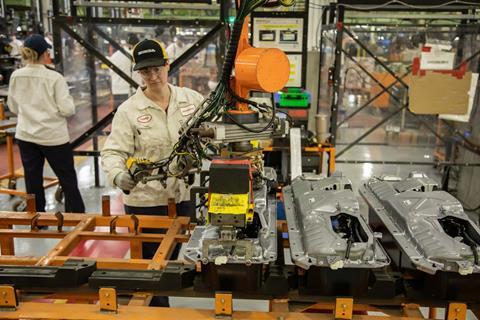
“The battery pack assembly is one of the unique manufacturing operations that we’re introducing at MAP, for both its own vehicle assembly and production operations at ELP. It is also the first application of digital twins that we’ve applied.
”To give a sense of the scope of the battery pack assembly there are 75 production cells in the line, but it has been designed like an accordion in that you can expand and contract that line based on production volume or product specification. So, you can flex this operation without affecting your main assembly line.
“Those 75 cells, plus our automated guided vehicles, all have a digital twin application that allows us to simulate different production flows and volumes. It gives us the ability to manage equipment uptime and overall quality management as well.”
Fischer notes that this development and operation of the battery assembly line will become the baseline business model and digital strategy that can be ‘lifted and shifted’ for future operations across North America and Honda’s global network.
“We chose the Ohio EV Hub for this starting point because we have a lot of synergy opportunity between our development operations (MAP, ELP)” – Mike Fischer. Honda NA
Smart tools for predictive quality control
Honda’s digital strategy also operates at the component supply level through to assembly, offering a high level of visibility not only of the component but also the vehicle body it will be installed in. This gives Honda’s production team an impressive level of predictive quality control. Taking the battery casings produced at AEP as an example, Honda has integrated an IoT and inline measurement process that allows the assembly teams at MAP to know that that battery case that’s being manufactured at the engine plant can be successfully mounted into the vehicle body. Fischer observes that this is a very new and useful application.
“This is another example of our new processes that we’ll be able to scale across manufacturing operations, and not just from an EV perspective, supporting proactive quality management.”
The synergy across the hub plants has been an important factor with production technologies and processes shared across the operations and according to Fischer was a central part of the planning and a great opportunity.
“We chose the Ohio EV Hub for this starting point because we have a lot of synergy opportunity between our development operations (MAP, ELP). While they’re unique, have different histories and line structures, we saw this as an opportunity to build a new, unified manufacturing footprint, and monument-based structure for mainline assembly or mainline weld, etc. regardless of the powertrain.
This commonality is an important part of Honda’s approach here. So, seemingly simple things such as the process of mounting fuel tanks or engines would be in the same sequence regardless of which plant was building the vehicle, and that sequence will be consistent between MAP and ELP. Fischer highlights the potential with this.
“If you can create that across a vehicle range of sedans, mid and large SUVs with a consistent setting in those operations, it gives us the opportunity to scale this approach across our other manufacturing operations and have the flexibility to build ICE, hybrid and a BEV version. It gives us the opportunity to do everything.”
Read more on Honda’s new production technologies and processes at its Ohio EV Hub
Streamlining vehicle development and production
In response to growing pressure for faster product rollouts, Honda has implemented a more integrated and efficient strategy to accelerate the design, development, and manufacturing of new vehicles. This initiative, particularly evident in the production of the new Zero Series electric vehicles, revolves around what Honda calls its “Triple S” approach: Simple Design, Simple Manufacturing, and Simple Logistics.
By starting with a common “monument structure” from the outset, Honda ensures that components can be consistently used across different models. Fischer notes that this alignment creates synergy not only across the vehicle lineup but also in manufacturing processes, enabling significant efficiencies in both design and production.
This foundation allows Honda to maintain a stable mainline manufacturing process that doesn’t require frequent retooling or major investment. Collaboration has also been a key element in this development. Fischer says that ties between its sales, development, and manufacturing teams have been strengthened to support closer and more consistent communication and alignment throughout the product lifecycle. He adds that this cross-functional teamwork – known as “series development work” – has been essential to speeding up time to market while maintaining quality and cost-efficiency.
Honda’s optimisation of its operations also extends to what it says is delivering an ‘enhanced work environment for its associates’. The restructuring of the lines also offers benefits to the ergonomics of the logistics and assembly processes. Moving to a single main assembly line created additional space for logistics and lay down space and reduced ‘walk time’ for the associates.
As another example Fischer points to the battery pack assembly area at MAP. A key part of the design and engineering of this section was to be an attractive section for the associates to work in, optimised to support them in their respective roles. Of the 75 cells there are 51 human associate cells and 24 robotic cells, plus AGVs. Fischer highlights how they have worked to maximise the human/machine balance for operations where is important to ‘see, feel and touch’. That’s human and necessary. The 24 automated cells are optimised to support quality validation or application, while for the associates the ergonomics have been careful thought out and virtual displays support with process steps in what can be challenging processes.
Again, the aim is the develop something that can serve as a template for Honda’s wider production operations as Fischer notes.
“That’s the viewpoint we’ve tried to take with our team of how do you scale this to improve our entire operation holistically?”
The challenges behind the transformation
Honda’s ambitious plan to redevelop its three hub plants presented some serious challenges. According to Mike Fischer, Honda’s approach wasn’t just a technological overhaul – it was a mindset shift grounded in the company’s “no challenge, no Honda” philosophy.
The first major hurdle was convincing stakeholders that such a transformation was feasible. Integrating EV manufacturing within existing ICE and hybrid operations seemed far-fetched at first. But Honda saw it differently. With over 90% of the manufacturing process, such as stamping, painting, joining, and assembly, remaining largely unchanged between ICE and EVs, they asked: “Why not?”
From this, Honda set its business model: maximise flexibility without sacrificing continuity or efficiency. That flexibility would eventually become a competitive edge but achieving it during the transition was one of the biggest challenges.
A clear example is MAP. Fischer notes that Honda began consolidating from two production lines to one without shutting down operations beyond their standard July and December breaks. This decision, to maintain output during a billion-dollar transformation, presented logistical and operational headaches. Yet it was necessary. Honda didn’t want to pause delivery of its current products, particularly profitable ICE and hybrid models, which would help finance the first generation of EVs. Fischer says that even while undergoing construction, the plant continued to manufacture at full pace, positioning itself to begin trial runs for the new Acura RSX without disruption.

The second major challenge centred on AEP, responsible for producing battery cases. According to Fischer, Honda invested nearly half of the total project cost, around $500m, into this facility. They installed six 6,000-ton die-cast machines, the largest Honda has deployed globally. These machines are designed for thin-wall, large-format battery case casting, a critical component of Honda’s EV future.
Moreover, AEP became the first Honda facility to implement friction stir welding in-house, a sophisticated technique used to join the front and rear battery case assemblies. This also includes attaching the water jacket, which channels coolant through the battery. Integrating this technology wasn’t just about the battery, it marked a step toward larger, more structural components like front side frames and rear wheelhouses.
Fischer says that this technology sets the stage for potential gigacasting in the future, where large vehicle parts are made in fewer, more robust pieces.
Flexibility to futureproof production
In short, while flexibility was the goal, it was also the most difficult part to manage. Balancing day-to-day production with long-term transformation, introducing new technologies, and maintaining customer supply throughout, it pushed Honda’s operational limits. But in doing so, the company built a blueprint not only for EV production, but for the future of its entire vehicle lineup.
The Ohio EV Hub is not just an investment in technology, it is a strategic shift in how Honda envisions the future of vehicle production. Through flexibility, digitalisation, and sustainability, Honda is laying the foundation for its global transition to electric mobility. As Fischer puts it, this is not just about building EVs, it’s about reinventing how Honda builds the future.
Topics
- Assembly
- Automation
- Battery System and Pack Production
- Casting/Forging
- Connected Manufacturing
- Design for Manufacturing
- Digital Tools
- Digital Twin
- Digitalisation
- Editors Pick
- EV manufacturing
- Expansion
- Factory expansion
- Factory Transformation
- Flexible Production
- Gigacasting
- Honda
- Human-Machine Interfaces
- North America
- Plant Functions
- Powertrain
- Process Improvement
- Quality
- Suppliers
- Sustainable production
- Training and upskilling

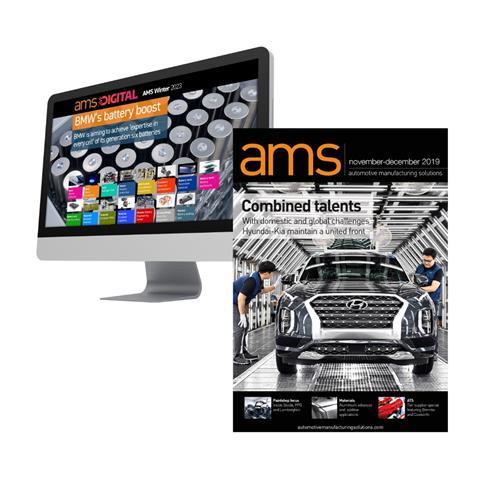
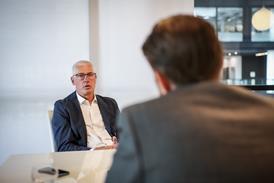

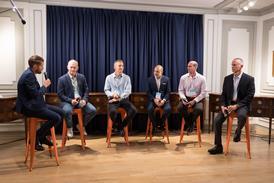



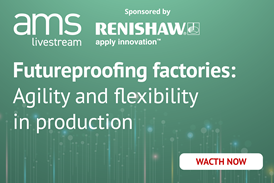

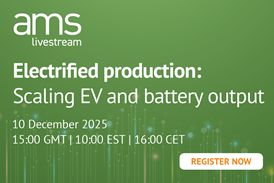
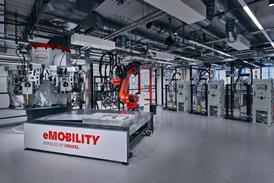
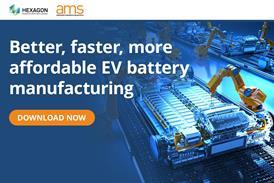

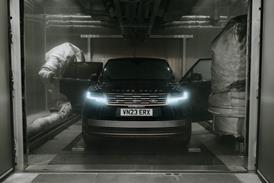
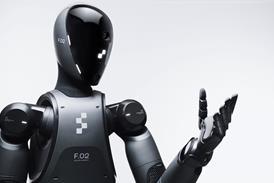
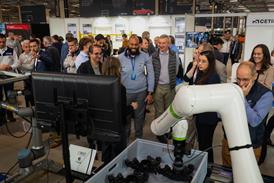

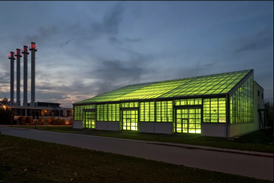
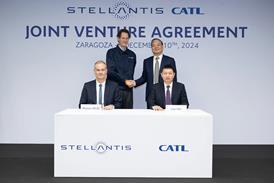
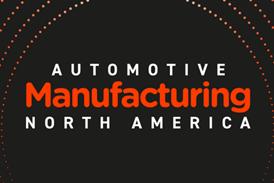
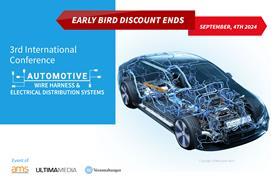
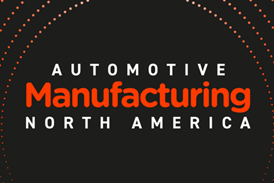
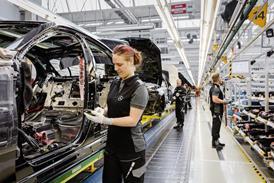
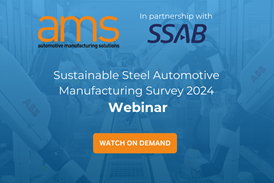
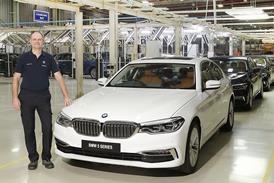
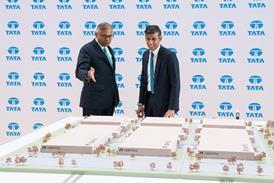

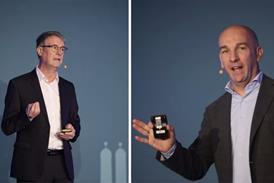
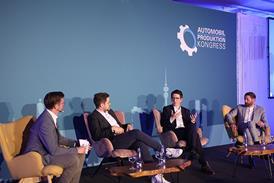


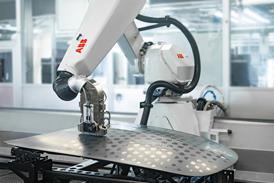

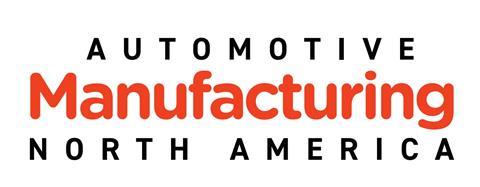

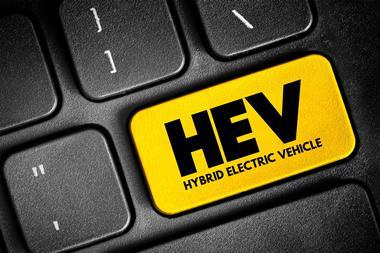


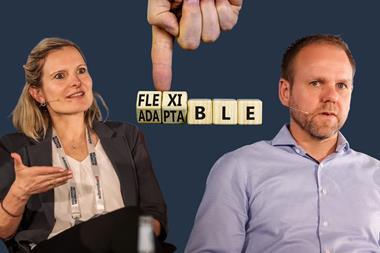
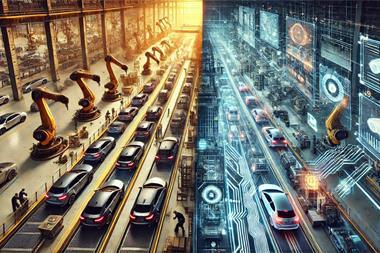



No comments yet